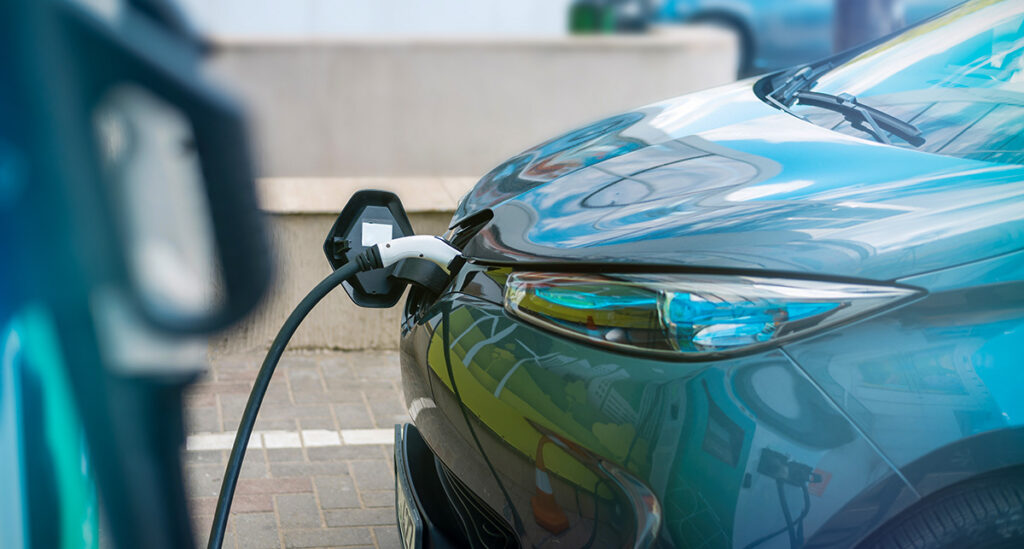
Drive costs in comparison: electric cars were up to 47 per cent cheaper than combustion engines in 2024
In 2024, electric cars were significantly cheaper to run than vehicles with a combustion engine. According to a recent analysis by the comparison portal Verivox, the average electricity costs for electric cars for home charging were 47 per cent lower compared to petrol cars and 38 per cent lower compared to diesel vehicles.
Cheaper charging at home
The average electricity consumption of current electric car models is around 20 kilowatt hours (kWh) per 100 kilometres. With an average electricity price of 35.66 cents/kWh in 2024, the cost for 100 kilometres of driving is around 7.13 euros. With an annual mileage of 12,000 kilometres, this results in annual charging costs of around 856 euros.
However, if you charge at public charging points, you can expect significantly higher costs. At a normal charging station with alternating current, the average price is 54.25 cent/kWh. This means that a 100 km journey costs around 10.85 euros. For fast charging with direct current, the costs can even rise to 12.89 euros for 100 km, which can lead to annual costs of 1,302 to 1,547 euros for 12,000 km of driving.
Petrol and diesel continue to be more expensive
Compared to a petrol car, which consumes an average of 7.7 litres per 100 km and costs €13.39 per 100 km at a petrol price of €1.739 per litre in 2024, charging an electric car at home is significantly cheaper. Over a distance of 12,000 km, the costs for the petrol car add up to around 1,607 euros.
Diesel cars, which consume an average of 7 litres per 100 km, are also significantly higher than the electricity costs of an electric car at 11.54 euros per 100 km (at a diesel price of 1.649 euros/litre). Over 12,000 kilometres, the annual diesel costs amount to around 1,385 euros.
The decisive advantage of charging at home
The biggest savings are made by e-car drivers who charge at home using a wallbox. Here, the drive costs are 47 per cent lower compared to petrol cars and 38 per cent lower compared to diesel vehicles. However, those who frequently use public charging stations lose some of this advantage: with conventional charging at public charging stations, the price advantage is only 19 per cent compared to petrol and 6 per cent compared to diesel. With fast charging at public stations, the advantage has almost disappeared and diesel remains 12 per cent cheaper.
Exemplary model comparisons
For a better understanding, a comparison of similar car models shows that the electricity costs are also significantly lower in direct comparison with combustion engines. According to the ADAC Ecotest, the VW e-Golf (136 PS) requires around 17.3 kWh per 100 km, which results in annual costs of around €6.17 per 100 km when charging at home. A petrol engine such as the VW Golf 1.5 eTSI (150 PS) requires an average of 6.1 litres of petrol per 100 km, which results in costs of around 10.61 euros. The diesel VW Golf 2.0 TDI (150 PS) is also higher than the electricity costs of the e-Golf at €7.92 per 100 kilometres.
Conclusion: electric cars continue to offer favourable drive costs
Electric cars remain a cost-effective alternative to petrol and diesel vehicles for those who mainly charge at home. However, the price advantage diminishes if public charging points are used frequently. Nevertheless, the transition to electromobility remains financially attractive - especially for private users who can obtain their electricity at home at a favourable rate.
The complete analysis and methodology can be found on the website of Verivox.